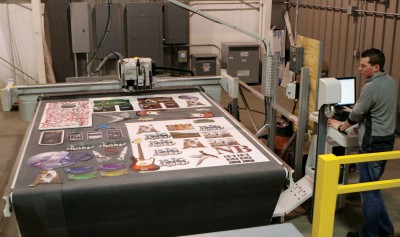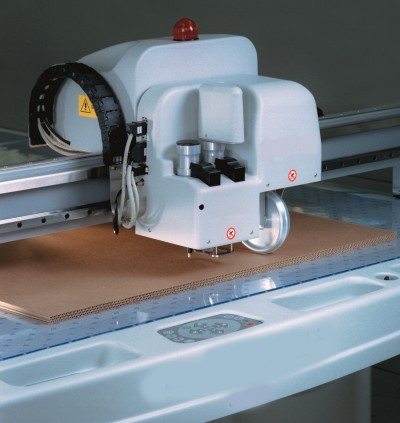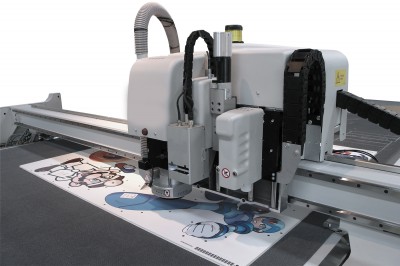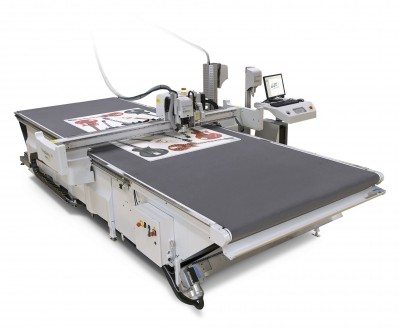As wide-format digital inkjet printers only continue to become faster, the challenge is to ensure finishing tables keep pace. Even manufacturers whose printers already produce 70 to 80 high-quality graphic boards per hour expect these numbers to increase significantly over the next few years.
While the main reasons PSPs purchase finishing tables are usually to bring work in-house, increase capacity, ease bottlenecks and deliver faster turnaround times, the technology can also help them move beyond cutting simple square and rectangular signs and displays. Many companies focus on these traditional jobs, but as a consequence are stuck producing low-margin output.
A finishing table’s broader capabilities can help differentiate a PSP’s business from competitors by moving into higher-value creative work with increased margins. It is possible to handle a broader range of substrate materials, perform a wider variety of cuts and finish graphics in any kind of shape, moving from 2-D contour-cut prints to 3-D displays, including stands, tables, chairs, boxes and podiums.
A creative shop can find limitless opportunities with today’s variety of materials and, instead of charging per square foot of printing as a commodity, can begin to charge on a more lucrative per-unit basis.
Upfront workflow
For today’s PSPs to stay profitable, it is important to keep their wide-format digital presses running, i.e. to ‘feed the beast.’ As mentioned, they are seeing more and more files come in from customers requesting shorter and shorter runs—and expecting them more quickly. While many of these shops have made significant investments in wide-format equipment, however, they are not necessarily using dedicated ‘design to print to cut’ workflow tools yet to eliminate wasted time.
While such workflows are more common in the commercial printing sector, operations there are very different from those encountered by wide-format print shops when producing signs and displays. Pre-flighting, graphic layout and other aspects of workflow need to be automated with the realities of the sign business in mind.
Pre-flightingUnlike much of the commercial printing world, wide-format print workflows are not standardized. They do not use a uniform file type from print buyers, for example, such as Portable Document Format (PDF). Rather, the industry has come to accept a wide range of file formats from an assortment of applications.
As a result, the manual pre-press work to prepare artwork can take up valuable time. And unfortunately, shops producing signs and displays often receive files that have not been properly prepared, with errors or missing information. When there is a lack of effective communication with customers, these errors appear too late, often after the RIP or even the print.
Pre-flighting is the most logical starting point for this workflow. A good pre-flighting system will create and use PDF files throughout the process. It will detect any errors, generate a professional report and enable the fixing of these errors.
In the best scenarios, the PSP can edit the PDF files in-house, rather than have to return them to the print buyer to determine why any errors are preventing proper RIPs and prints. In these ways, the PSP can reduce reprints for faulty files and streamline its pre-press operations.









